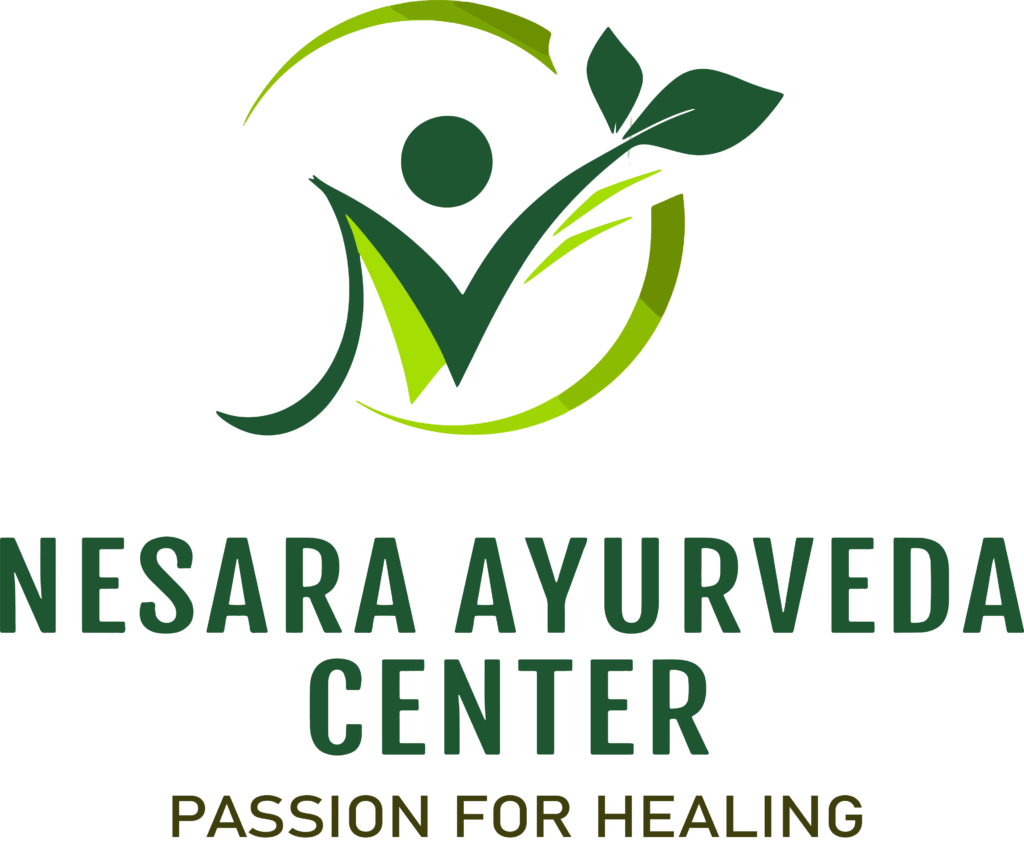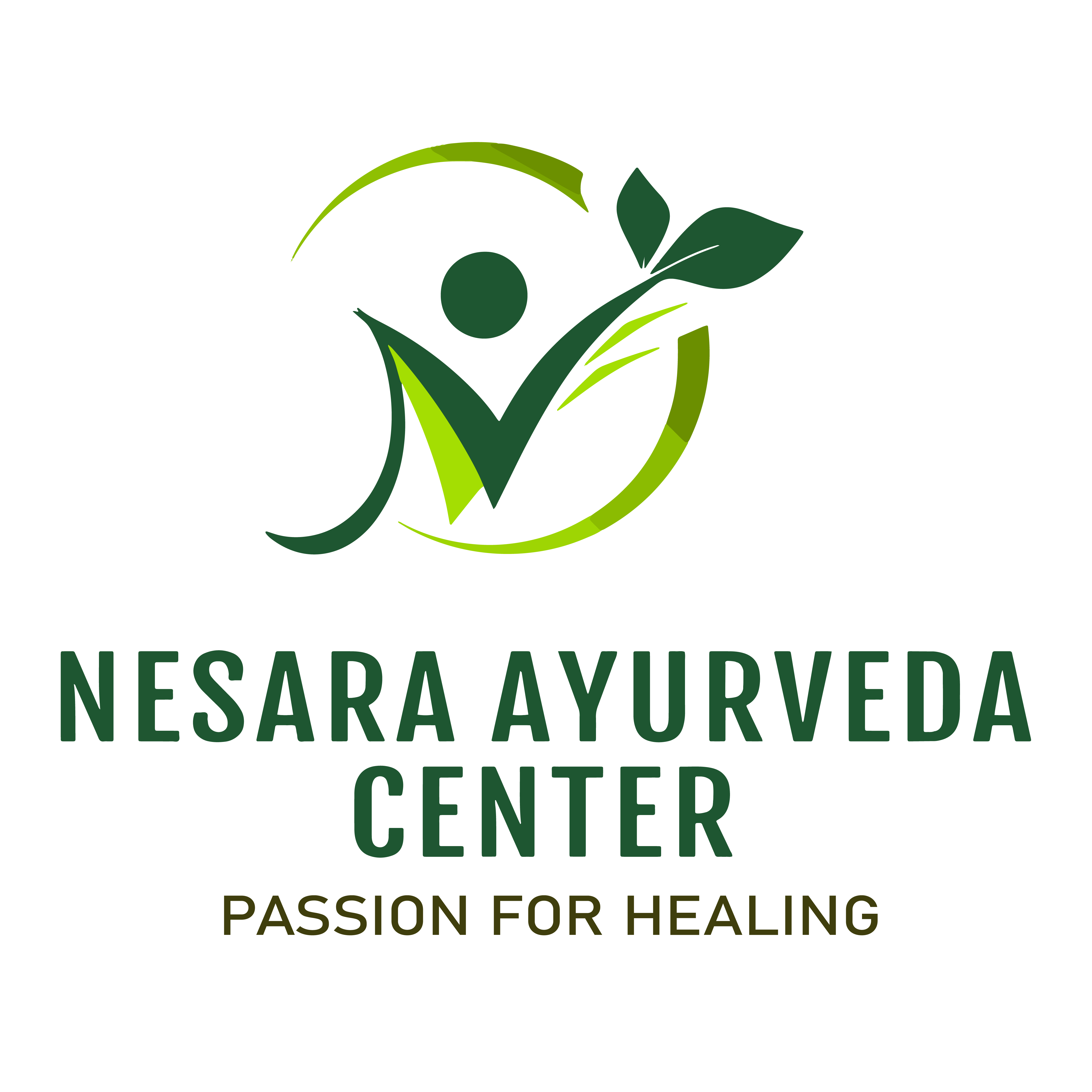SPINE AND JOINT CARE
Unlock Your Potential, Embrace Spine & Joint Vitality.
We believe that your spine and joint are the windows to your overall well-being. Our integrated approach combines the wisdom of Ayurveda to offer specialized Spine and Joint Care Treatment programs. Whether you’re seeking relief from spinal issues or looking to rejuvenate your joint, we’re here to help you on your journey to holistic health.
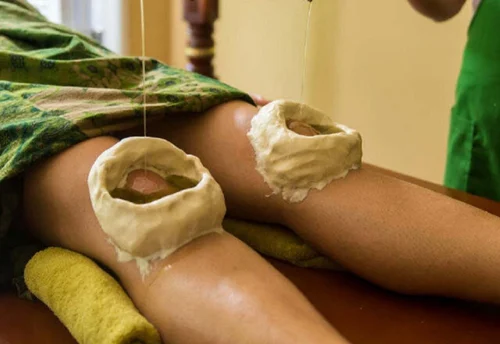
Unlock Your Potential, Embrace Spine & Joint Vitality.
We believe that your spine and joint are the windows to your overall well-being. Our integrated approach combines the wisdom of Ayurveda to offer specialized Spine and Joint Care Treatment programs. Whether you’re seeking relief from spinal issues or looking to rejuvenate your joint, we’re here to help you on your journey to holistic health.



Empowering Your Foundation: Spine & Joint Care for Life.
Ayurveda, the ancient science of life, recognizes that the spine and joint are closely connected to the body’s balance and vitality. Our approach to spine and joint care treatment focuses on restoring harmony to your doshas (Vata, Pitta, Kapha) and promoting long-lasting wellness from the inside out. Your spine and joint concerns are unique, and so is our approach. Our skilled Ayurvedic practitioners conduct thorough assessments, considering your specific constitution and condition. This allows us to create tailored treatment plans that address your individual needs and goals.
Common Joint Disorders
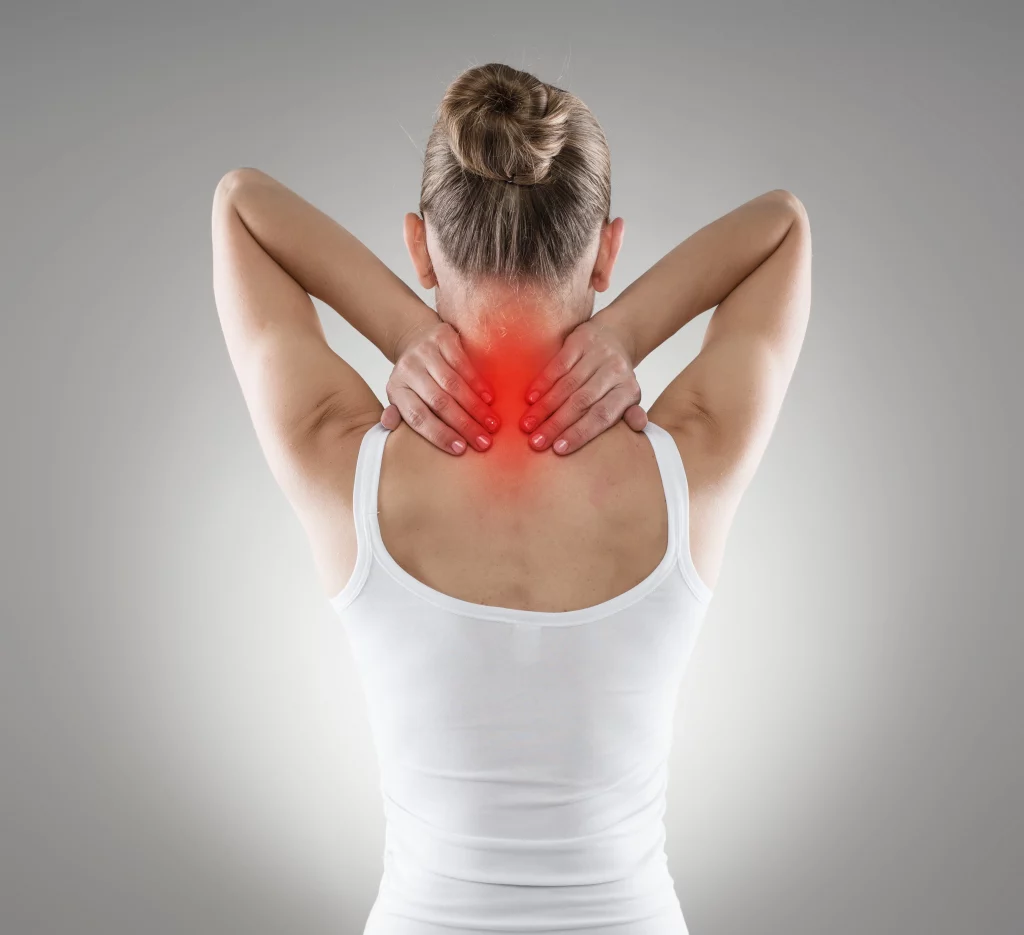
Cervical spondylitis
Cervical spondylitis, known as “Griva Sandhigata Vata” in Ayurveda, is a condition that affects the cervical spine, leading to pain and discomfort in the neck and shoulders. In Ayurvedic terms, cervical spondylitis is primarily associated with the aggravation of the Vata dosha, which governs movement and balance in the body.
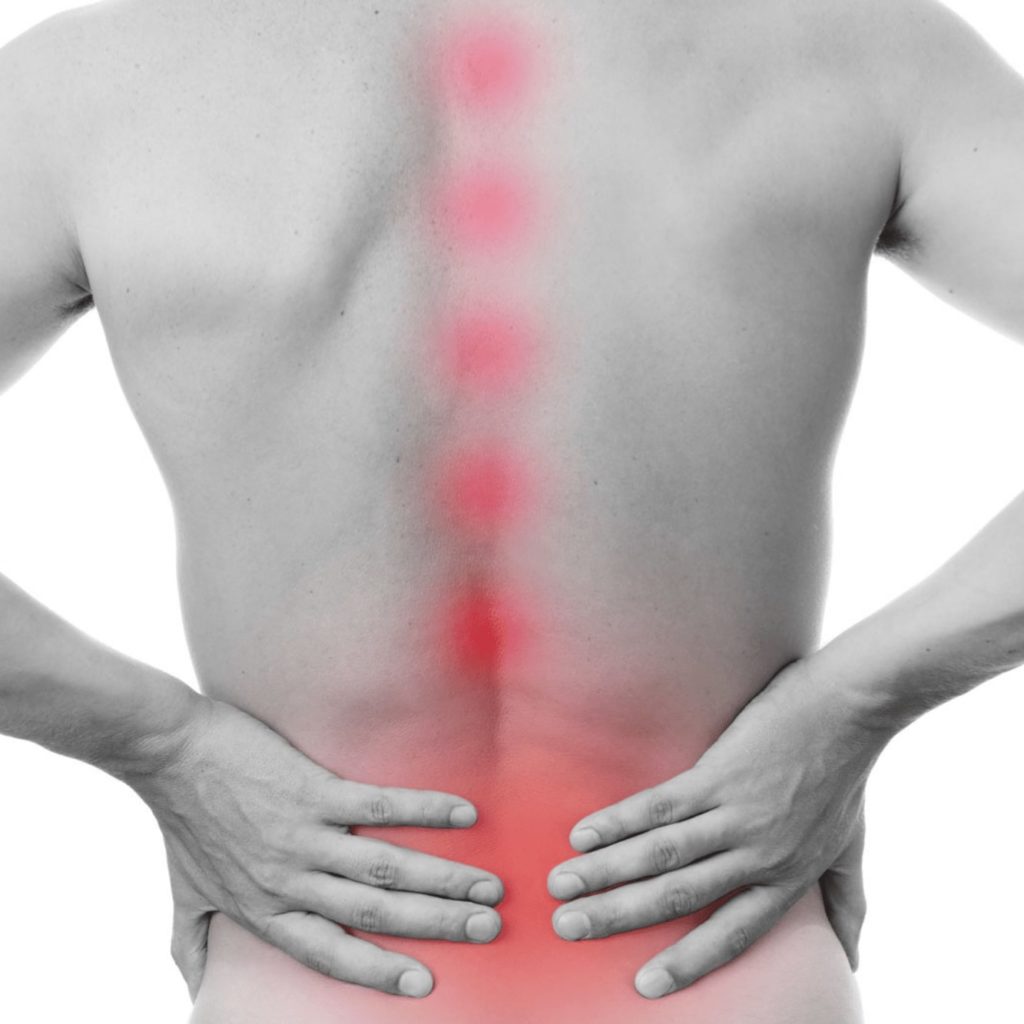
Lumbar Spondilitis
Lumbar spondylitis, known as “Kati Sandhigata Vata” in Ayurveda, is a condition that affects the lumbar or lower back region of the spine, leading to pain and discomfort. In Ayurvedic terms, lumbar spondylitis is primarily associated with the aggravation of the Vata dosha, which governs movement and balance in the body.
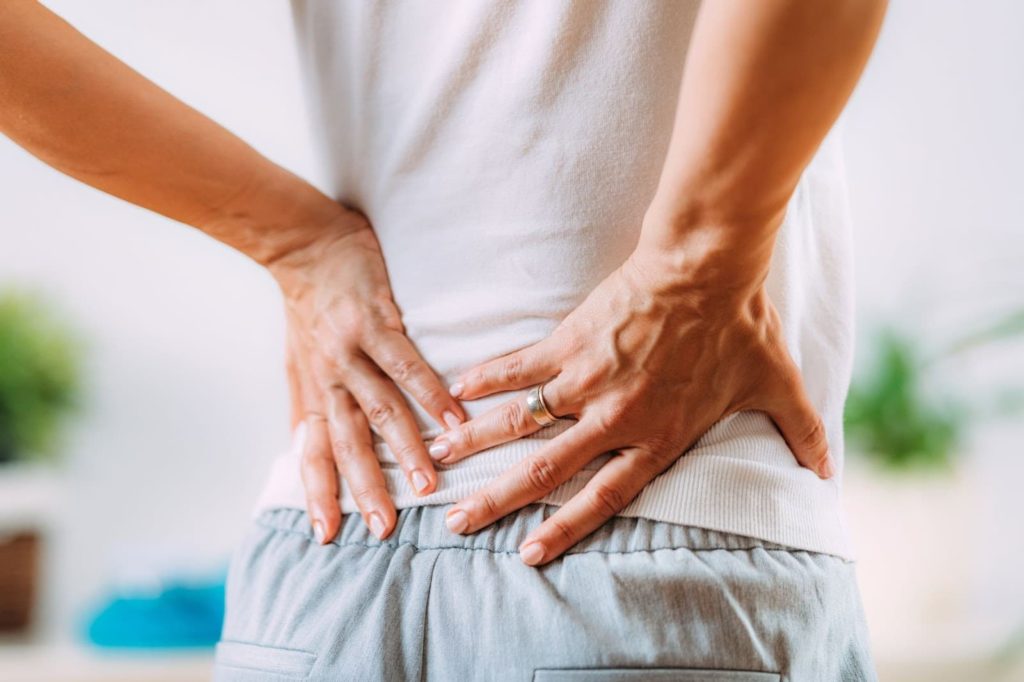
Sciatica
Sciatica, known as “Gridhrasi” in Ayurveda, is a condition characterized by severe pain that radiates along the sciatic nerve, typically affecting the lower back, buttocks, and one leg. In Ayurvedic terms, sciatica is primarily associated with the aggravation of the Vata dosha, which governs movement and balance in the body.
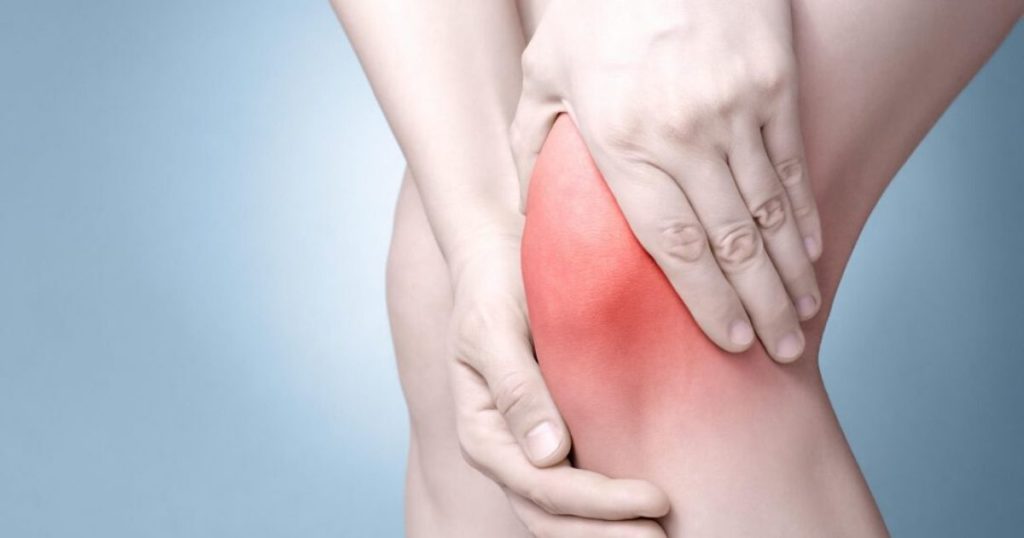
Osteoarthritis
Osteoarthritis, known as “Sandhivata” in Ayurveda, is a degenerative joint disorder that primarily affects the cartilage in the joints. Ayurveda views osteoarthritis as a condition primarily driven by the imbalance of the Vata dosha, one of the three fundamental energies governing the body.
